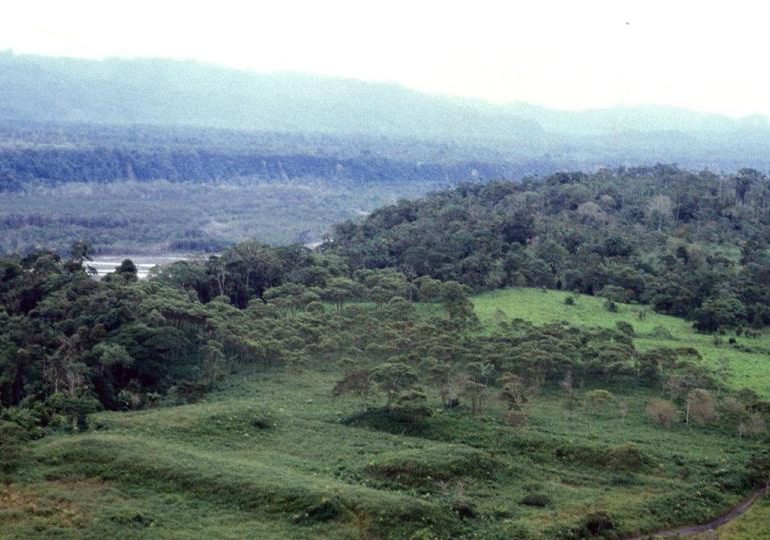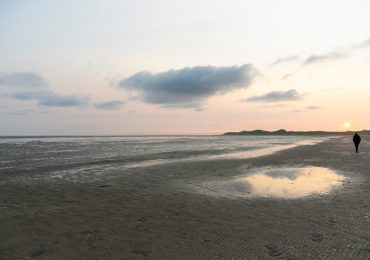A LOST ancient city hidden deep in the Amazon rainforest has been uncovered after 2,000 years buried near the mountains.
Home to 10,000 people and lasting for about 1,000 years, the mysterious community in Ecuador was complete with platforms, plazas, streets, farms and canals.
Stéphen RostainAn ancient urban complex was discovered in the Ecuadorian Amazon after two millennia[/caption]
The mysterious city was found buried deep in the Upano Valley, under the foothills of the AndesAP
Laser-sensor technology revealed the network of earthen mounds and buried roads in the Upano Valley, hidden for centuries under the foothills of the Andes.
Many of the roads were strikingly straight, with workers digging about three metres into the ground and buttressing the trails with piles of soil.
Residential and ceremonial structures were built on almost 6,000 clay mounds, which were flanked by agricultural areas with drainage ditches.
The widest roadways were 33 feet wide and ran for six to 12 miles.
The site was home to at least 10,000 people, and maybe as many as 15,000 or 30,000 at its zenith, according to archaeologist Antoine Dorison, a research co-author at France‘s National Center for Scientific Research.
That is equivalent to the estimated population of Roman-era London, the biggest metropolis in the United Kingdom.
The discovery ends the argument over whether the ancient Amazon was livable and adds to evidence such as pyramids and earthworks discovered during the last 20 years.
The Upano people, estimated to number 30,000, mysteriously vanished between 300 and 600 CE.
Around 200 years later, people related with the Huapula civilization moved into the region.
And by the time Europeans arrived in South America, the once-thriving towns had been mostly buried by the forest.
The network of settlements was detailed in an article published by lead researcher Stephen Rostain and others in Science.
Rostain first noticed earthen mounds in the region about 20 years ago but said at the time he wasn’t sure “how it would all fit together”.
But now he celebrates the “incredible” discovery.
“It was a lost valley of cities,” said Rostain.
“It’s incredible.”
Researchers identified “extensive agricultural drainages and terraces as well as wide straight roads running over great distances”.
“The most notable landscape feature is the complex road system extending over tens of kilometres, connecting the different urban centres, thus creating a regional-scale network,” the team said.
They said the “dense system of pre-Hispanic urban centres” has been connected to the ancient Upano people who lived there around 2500 years ago (500 BCE).
“This shows a very dense occupation and an extremely complicated society,” said University of Florida archeologist Michael Heckenberger, who was not involved in the study.
“For the region, it’s really in a class of its own in terms of how early it is.”
The roads and hundreds of mud mounds would have needed a complex system of organised labour, according to José Iriarte, an archaeologist from the University of Exeter.
“The Incas and Mayans built with stone, but people in Amazonia didn’t usually have stone available to build – they built with mud,” said Iriarte, who had no role in the research.
“It’s still an immense amount of labour.”
The Amazon is often depicted as a “pristine wilderness” inhabited only by tiny groups of people.
“But recent discoveries have shown us how much more complex the past really is,” he said.
Scientists have lately discovered evidence of complex jungle cultures that before European contact in other parts of the South American rainforest, including Brazil and Bolivia.
“There’s always been an incredible diversity of people and settlements in the Amazon, not only one way to live,” said Rostain.
“We’re just learning more about them.”
APThe site was home to at least 10,000 people, who then mysteriously vanished from the face of the earth[/caption]
Leave a comment








